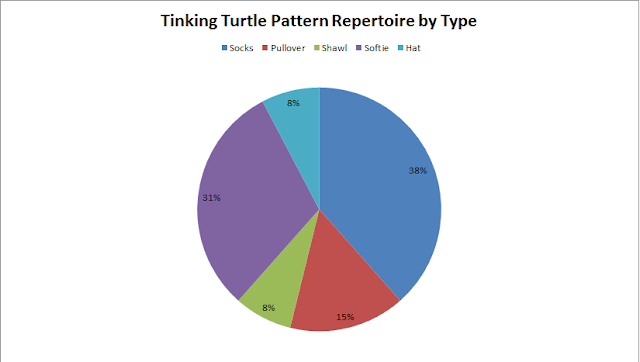This is the second edition of a semi-regular series From the Business Desk I am writing to look at some of the important factors in running a Small Fiber arts Business. This month’s feature revolves around using technology to grasp one of the key factors in the success of a business: your customers.
Customer Relationship Management (CRM) is a huge buzzword in any business today. With more and more technology at our fingertips, it is easier than ever for the informed customer to make their purchasing decision, go shopping through e-commerce, or conduct their own research irregardless of advertising mediums. Businesses can and should be doing the same things with regards to their customers.
In theory, CRM revolves around tracking and recording every interaction a business has with their customers, from email conversations to support calls to purchasing history to who is prompt on payment. This is a lot to aggregate and understand, however by doing such, a business can derive significant information from this data. In larger businesses, there are dedicated CRM systems such as Salesforce that can be leveraged for that purpose; for small business however, many times these records live on post-it notes, sales receipts, and excel spreadsheets.
| The Tinking Turtle facebook page lets us track who likes the company, and who corresponds and interacts with our brand. |
I wanted to take a moment to share a couple of good, and extremely cost effective resources for Small Businesses to use to be able to better track their customer information. The first is through Social Media. Like it or not, Facebook is the wave of the future for businesses, and by being involved in this network of potential customers, every interaction is recorded and available for review. Not only can you communicate directly with friends, family, and interested parties, you can document who is liking your page, their likes, and record shared content among them. In this way, you have a track record, a history of what brings your customers to your brand, and can use this to further development your business strategy.
| We use Insightly to track the status of our design projects among other uses |
The second tool I would recommend every small business check out is an online CRM application. There are countless review sites out there to cover the good, the bad, and the ugly of a whole world of CRM applications that are cheap or free to use for beginners. There is honestly no “best” site out there; a lot of the choice boils down to what you are doing as a business, and what features you value most. Tinking Turtle uses Insightly as our CRM. What drew me to implement this for the business earlier this year was its’ integration with Google Apps, a plus for the IT side of me, as well as its’ focus both on Customer Relationship and Project Management. In Insightly, it is easy for us to not only track who we do business with, and the data surrounding those relationships, but as well we can track opportunities and projects. Insightly’s “web of links” approach makes it easy to associate which design calls tie back to which publishing companies, for instance, and which projects were submitted for each call for submission. The best part about Insightly is that for the just starting small business, it free for a limited number of contacts and items. This lets any business use the system to get their feet on the ground, and then once they have reached a size where they have the financial strength to begin evaluating more features, they can easily continue that through the system.
No matter what your business does, be it fiber or yarn production, designing, or a LYS, having a method to aggregate your customer information is an excellent step to take to further your business success. I want to stress here that there is no right or wrong answer; if you have a card catalog and Rolodex that works for you, all for the better. However, as the customer moves more and more into the digital arena of the internet, I would encourage all business owners to consider some of the online tools discussed above.




